JEDDAH: The Arab neighborhood at the 12th edition of Souq Okaz features contributions from three guest nations of authentic examples of Arab culture and heritage.
The diverse events and activities include crafts, traditional industries and folk shows, all of which help highlight the importance of Arab culture and tradition, and encourage visitors to learn more.
Souq Okaz is a unique tourism destination in Taif, and is considered one of the most important in the Kingdom. It has become a go-to annual event for those wishing to discover Saudi Arabia’s roots.
The countries taking part in the souq’s Arab neighborhood are Oman, the UAE and Egypt.
This year’s edition, which will end on July 13, was opened under the patronage of King Salman, with Egypt the honorary guest.
Its supervisor, Nasser Al-Abdullah, said that it has three sections. The crafts section features five craftsmen from the three countries, including: Silverware, textile and candy craftsmen from Oman; sadu (a traditional form of Bedouin weaving), millstone and sewing from the UAE; and embroidery, silverware and copper carving from Egypt.
He said that shows from Egypt, the UAE and Oman are held every 30 minutes on the stage at the International Crafts and Folk Arts section in the Arab neighborhood.
The souq is also presenting three culturally significant plays on its stages. Director Khalil Kareem said they feature more than 250 actors and performers, 90 percent of whom are Saudis.
The first play is about the Mu’allaqat poets, including Al-Nabigha Al-Dhubyani, Imru’ Al-Qais, Zuhayr bin Abi Sulma, Al-A’sha, Labid bin Rabi’ah and Antarah bin Shaddad. The second tells the stories of important historic events in the region, and the third explores the history of Souq Okaz through stories set there.
In addition, there are exhibitions featuring input from eight private museums, including one that showcases the heritage and tools of Bedouins, including coffee equipment and incense burners.
There is also a live show about the hospitality and traditions of Hail.
Another exhibition includes old tools and equipment traditionally used in education, along with information about school nutrition, homework, school-seating etiquette and uniforms, as well as the wooden boards on which students wrote with coal rather than chalk.
A third exhibition is a treat for coffee lovers who can sample different varieties while learning about the history and development of the drink, along with information about growing the beans, the trade in them and the role the drink plays in traditions and customs.
There is another display featuring historical documents and photographs that were used to record important events in the Kingdom’s history, especially in newspapers, and an exhibition of traditional weapons from different eras, including rifles, swords, spears, daggers, knives, darts, a silver sword and ammunition.
Many tourists from around the world visit the souq, which has provided a unique historical and artistic forum gathering intellectuals and people interested in literature and culture.
The souq represents an important chapter in the history of the Arabs before Islam. It was more than a trade fair, serving as a cultural, social, economic and political gathering of Arabs.
The Saudi Wildlife Authority (SWA) has offered visitors the opportunity to be introduced to the Kingdom’s diverse wildlife and the resettlement of endangered species in reserves.
The Taif Industrial Secondary Institute is also participating in the festival with a pavilion displaying models designed and produced by the institute’s students.
The pavilion features a section dedicated to carpentry and welding, where visitors are introduced to furniture, windows, doors and bedrooms made from the finest wood.
One of the main attractions during the 12th edition of the event is the Sadu and traditional carpets pavilion. Visitors can see hand-embroidered clothes for children, face covers for women, as well as tassels for horses, and special items for weddings and religious events.
Mutlaq Al-Jahid, one of the organizers of the horse march and knights in Okaz Avenue, said the marches organized by a number of knights who represent all Arabian tribes strongly confirm the harmony between all tribes.
Raja Al-Otaibi, organizer of the cultural activities and events at Souq Okaz, said: “We have worked this year on utilizing modern technology and using interactive systems such as light, sound and décor, and all the requirements that concern the seminars and lectures of the Souq Okaz festival.”
He added: “Souq Okaz’s activities are more special in content and organization this year.” He expected a large audience for Souq Okaz this year; it has become a big Saudi event everyone should be proud of.
Each year, the souq hands out 12 pan-Arab awards, including for poetry, handicrafts, creativity, photography, folkloric art, theatrics and creativity, fine arts and entrepreneurship. The value of the prizes totals SR2.2 million ($586,510) annually.
Traditional neighborhood at Saudi Arabia’s Souq Okaz takes Arab culture back to the future
Traditional neighborhood at Saudi Arabia’s Souq Okaz takes Arab culture back to the future

- The Saudi Wildlife Authority has offered visitors the opportunity to be introduced to the Kingdom’s diverse wildlife and the resettlement of endangered species in reserves
- The countries taking part in the souq’s Arab neighborhood are Oman, the UAE and Egypt
Warning of thunderstorms and flash floods in Saudi Arabia for next 4 days

RIYADH: Residents of Saudi Arabia were warned on Wednesday that the country could be hit by thunderstorms and flash floods between now and Sunday.
The General Directorate of Civil Defense advised people to remain sheltered and stay away from canyons.
Many regions can expect medium-to-heavy rain, hail or strong gusts of wind, with a high risk of flooding. Forecasters predict Riyadh, Jeddah, Al-Baha, Asir and Jazan will be among the affected regions, the Saudi Press Agency reported.
Riyadh’s literary havens: Where coffee meets the love of books

- City’s book cafes offer serene spaces for quiet reflection
- Carefully curated selections of Arabic and English titles on offer
RIYADH: Riyadh’s cultural landscape is undergoing a quiet transformation, where the love of coffee meets the timeless allure of literature.
Book cafes are carving out a niche as spaces where readers, thinkers, and coffee enthusiasts converge.
These havens of creativity and reflection offer retreats for the mind and soul, providing a sense of community in an increasingly fast-paced world.
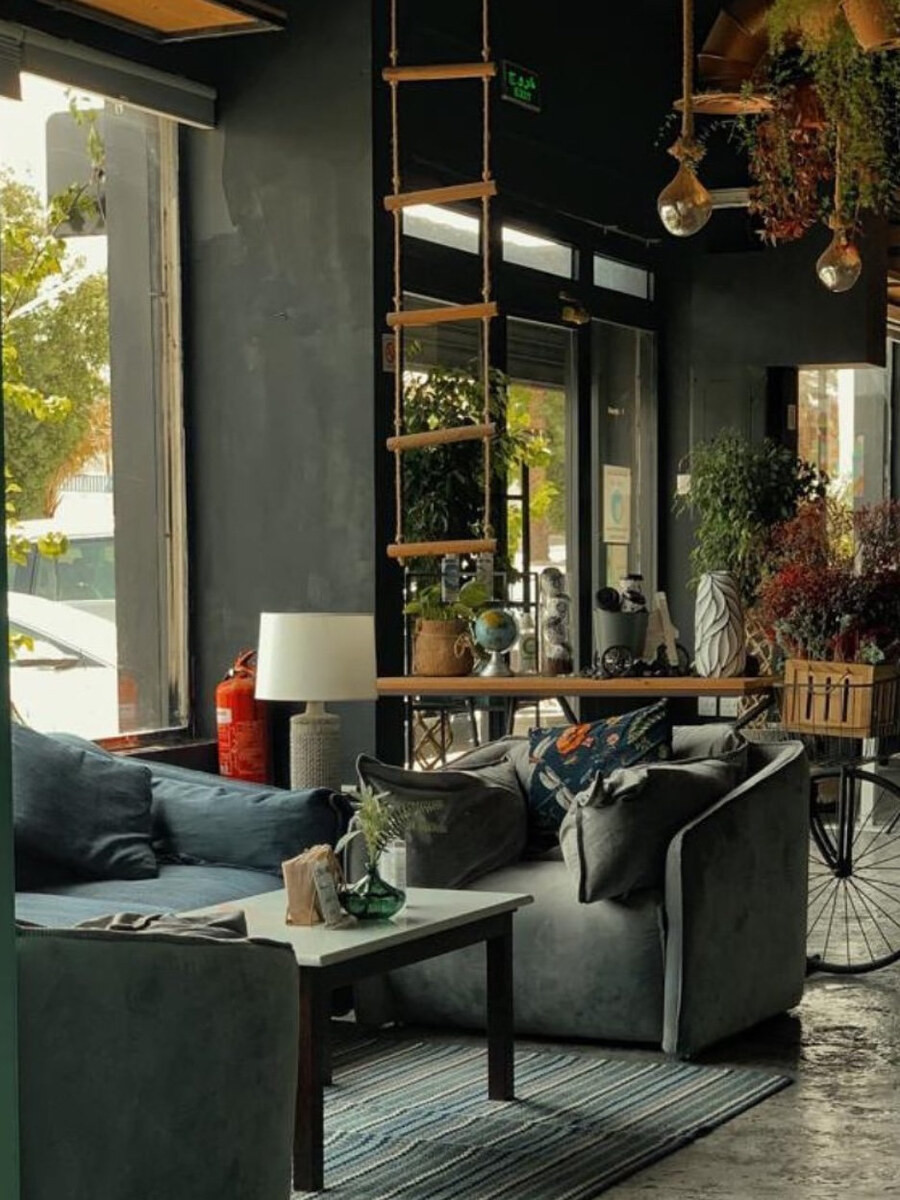
The Book Club: Where stories find their home
Nestled in the Al-Yasmin district, The Book Club is a tranquil retreat for bibliophiles, particularly those passionate about Arabic literature.
Its shelves brim with carefully curated Arabic titles, from classics to contemporary gems, complemented by a modest selection of English books.
HIGHLIGHTS
• In Riyadh’s Al-Narjis district, Wathbah Coffee and Book’s floor-to-ceiling bookshelves, vintage-inspired decor, and intimate corners create a haven for readers and thinkers alike.
• Coffee Trees, tucked away in the Al-Rayan district, offers a sanctuary that blends greenery with literary charm.
The minimalist interior, adorned with soft lighting and intimate reading nooks, creates an atmosphere conducive to focus and relaxation.
What sets The Book Club apart is its browsing policy. Visitors are welcome to skim books for three minutes before deciding to purchase, with additional purchases granting extended reading time.
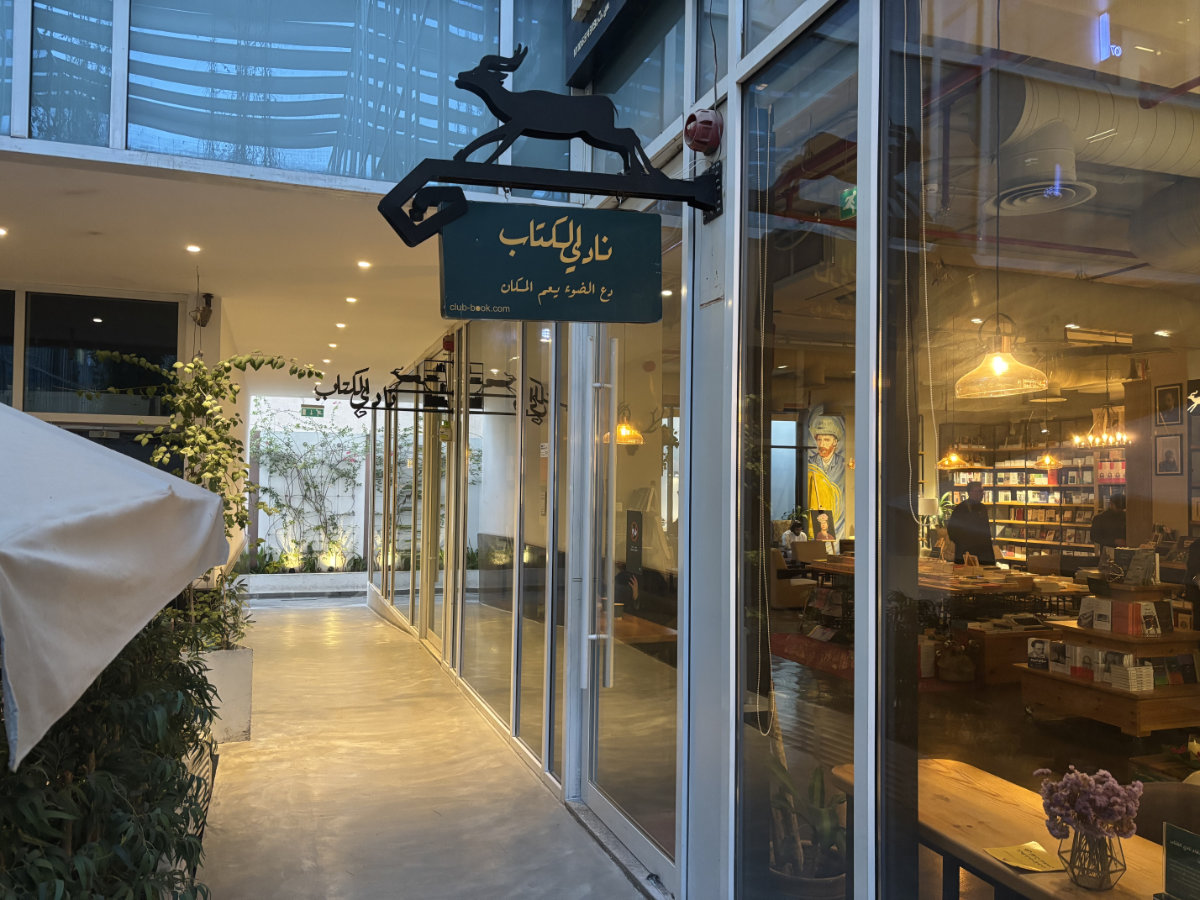
During Arab News’ visit, the cafe hosted a stimulating talk with Saad Al-Bazai, titled, “Historical Fiction: Why Do They Believe in the Imagined?”
Al-Bazai told Arab News: “These gatherings bring together a diverse audience and provide them with the opportunity to meet researchers.
“This undoubtedly supports cultural life as it creates a platform for dialogue that differs from social media platforms — it is vibrant, direct, and involves personal presence.”
Sophia: A library, a cafe, and a place to connect
Sophia has become a cornerstone of Riyadh’s literary scene, acting as a hub for knowledge, creativity, and meaningful connections.
Its towering wooden shelves are filled with a rich collection of Arabic and English books, carefully curated to cater to a diverse audience.
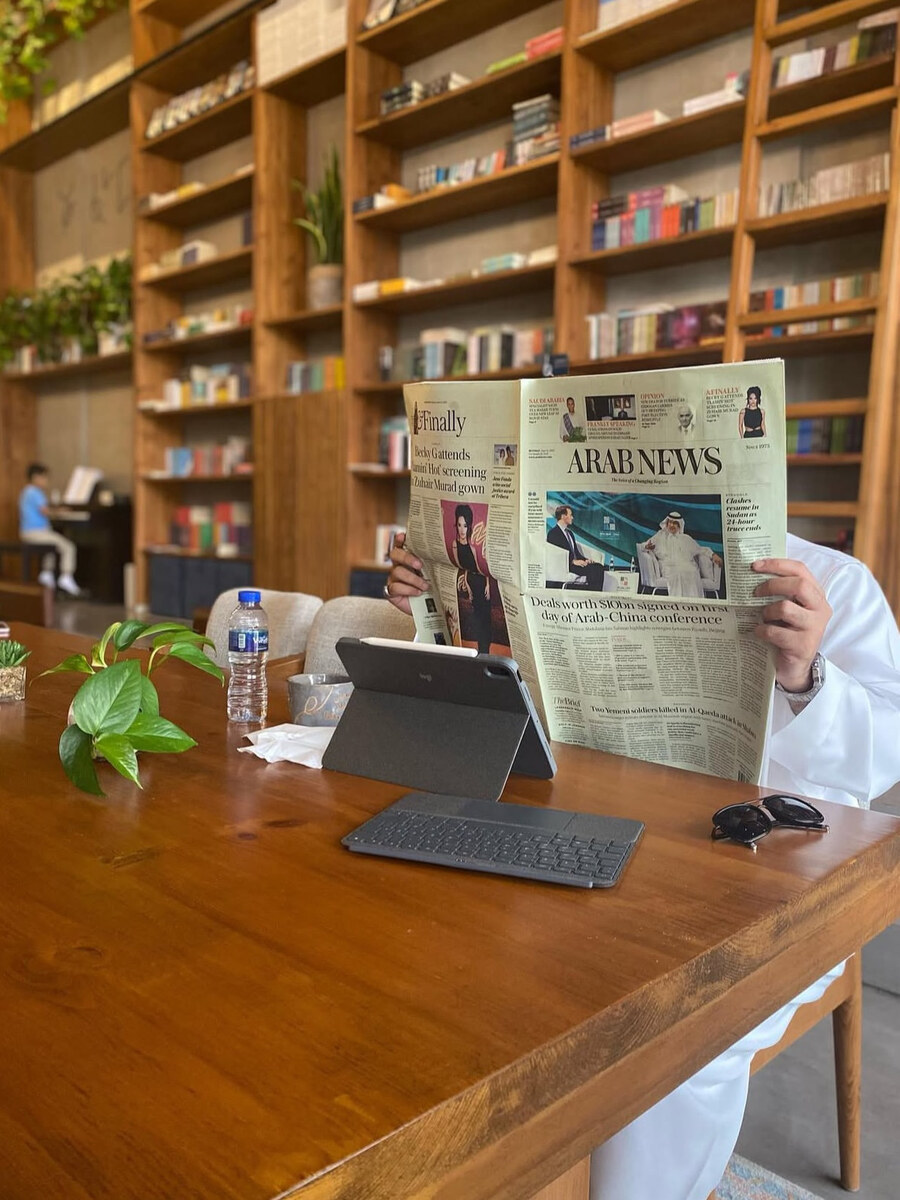
Beyond being a library, Sophia also serves as a publishing house, amplifying the voices of local and regional authors, bringing their stories to the forefront.
What sets Sophia apart is its dedication to fostering intellectual growth and cultural exchange.
The space regularly hosts book launches, discussion panels, and thought-provoking dialogue sessions that bring together writers, readers, and thinkers from various backgrounds.
The inviting ambiance, complete with warm lighting and cozy seating, creates the perfect backdrop for these events, making each visit an enriching experience.
Aminah Al-Hassani, a loyal visitor, captured the essence of Sophia. She said: “The place is calm and serene, and it has never let me down with a bad book.
“Every book I’ve read here has been better than the last. Their selections are beautiful, and the events they organize are always beneficial and enjoyable.”
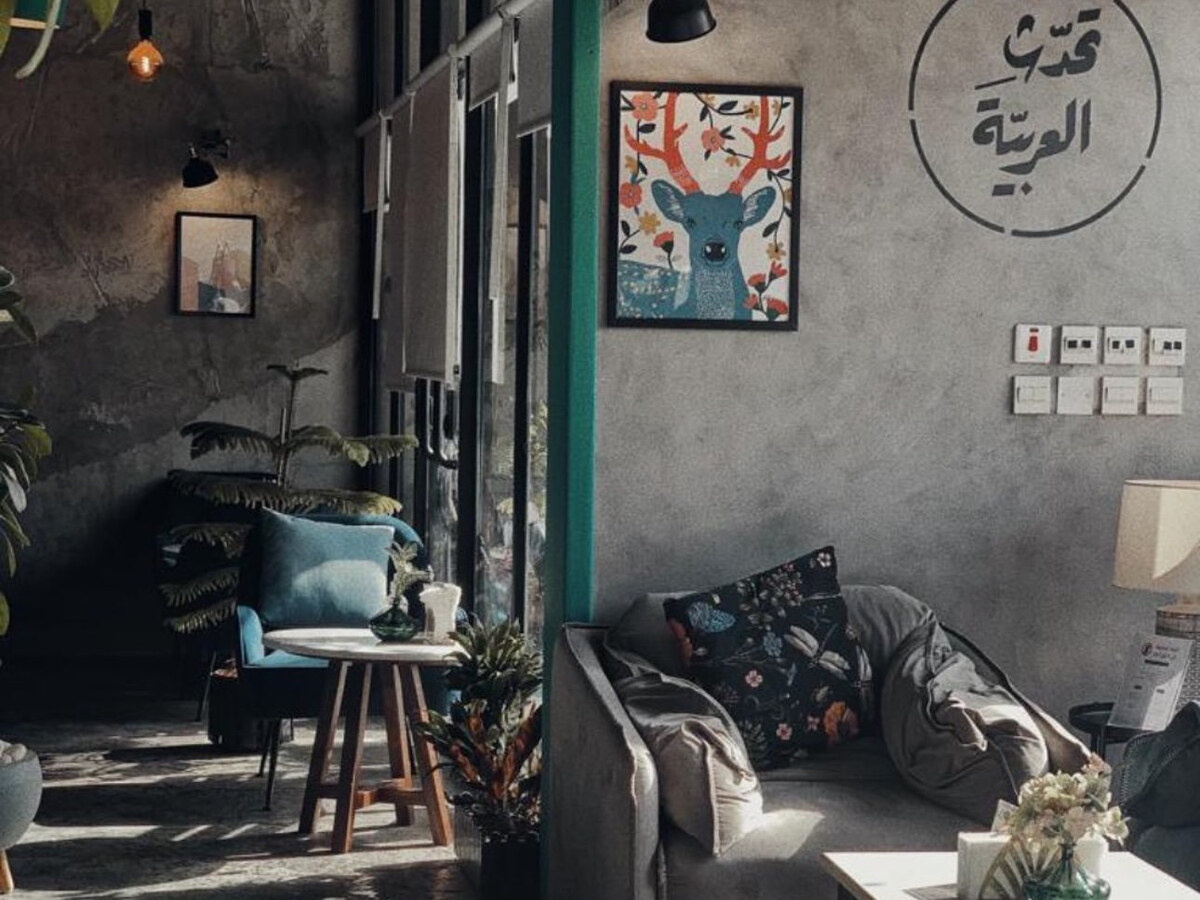
Coffee Trees: A green sanctuary
Coffee Trees, tucked away in the Al-Rayan district, offers a sanctuary that blends greenery with literary charm. The cafe’s lush decor, accentuated by vibrant plants and natural elements, transforms the space into a botanical retreat.
Though its library is modest, the curated selection of books is perfectly aligned with the cafe’s serene ambiance.
Patrons often find themselves lost in thought or pages, surrounded by the aroma of ethically sourced, expertly brewed coffee.
Whether it’s the tranquil environment or the commitment to sustainability, Coffee Trees is a favorite escape for those seeking a moment of calm in the city.
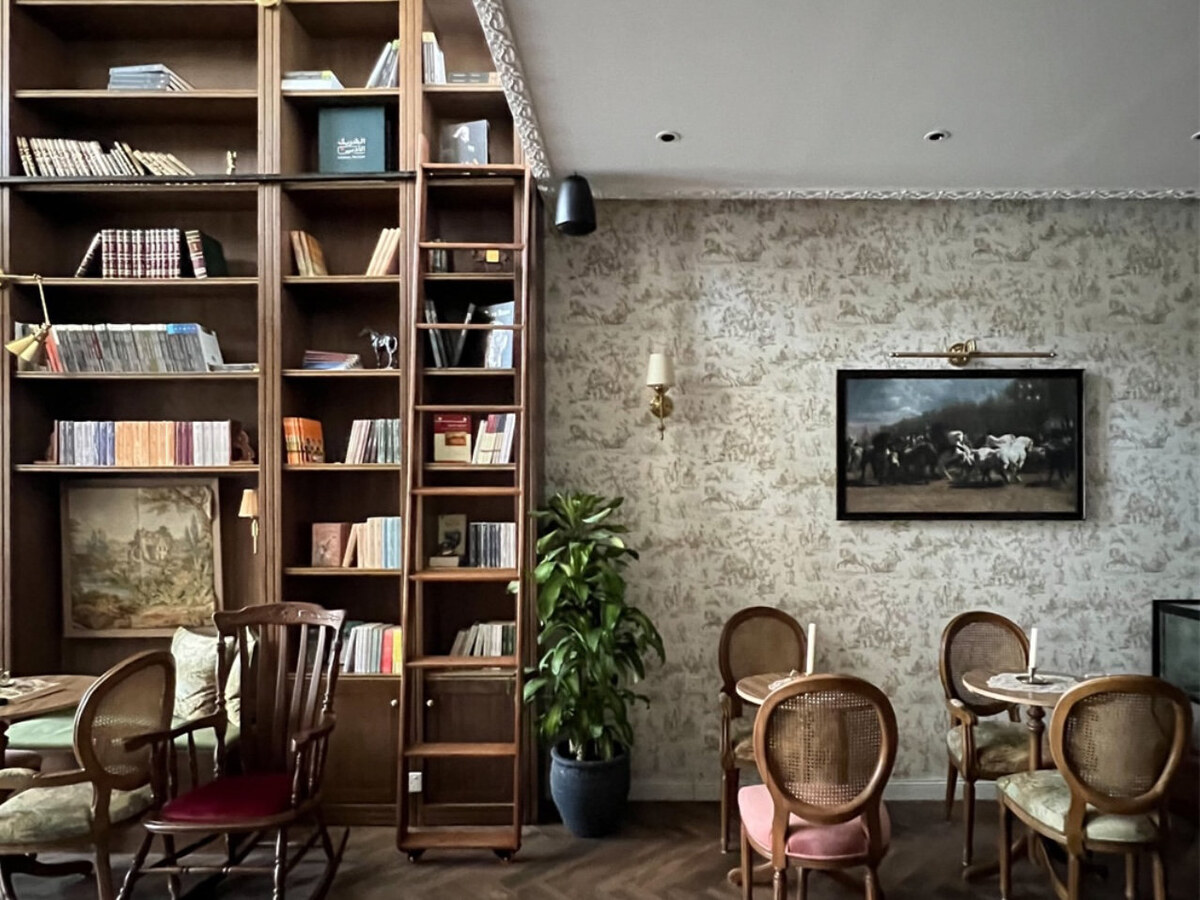
Wathbah Coffee & Book: Where timeless charm meets literature
In Al-Narjis district, Wathbah Coffee & Book exudes intellectual allure. Its floor-to-ceiling bookshelves, vintage-inspired decor, and intimate corners create a haven for readers and thinkers alike.
The carefully selected collection spans genres and eras, ensuring there’s something for everyone.
Wathbah’s ambiance is perfect for quiet reading, reflective conversations, or simply soaking in its aesthetic beauty.
As Sara Al-Ebraheem, a loyal patron, said: “There’s a certain magic in time spent in the company of good books, with a perfectly brewed coffee.”
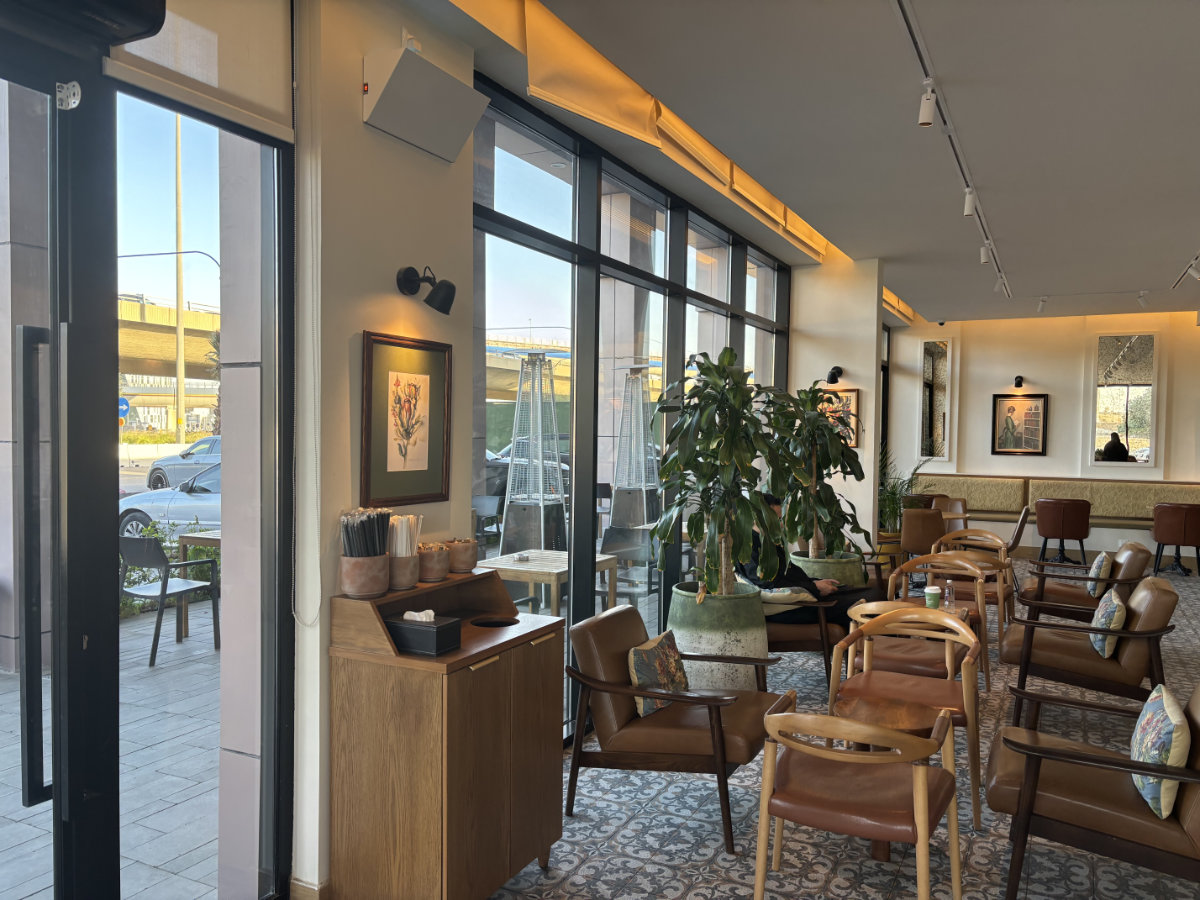
Ons Coffee Roasters: Where simplicity meets serenity
Ons Coffee Roasters offers a minimalist haven for those who crave peace and simplicity. Its clean design, complemented by tasteful art and cozy seating, creates a calm environment perfect for unwinding.
While its library may be small, the books displayed are thoughtfully chosen to inspire reflection and curiosity.
Ons Coffee Roasters is as much about quality as it is about serenity. Its expertly brewed coffee elevates the experience, making it an ideal retreat for anyone seeking a quiet corner in Riyadh.
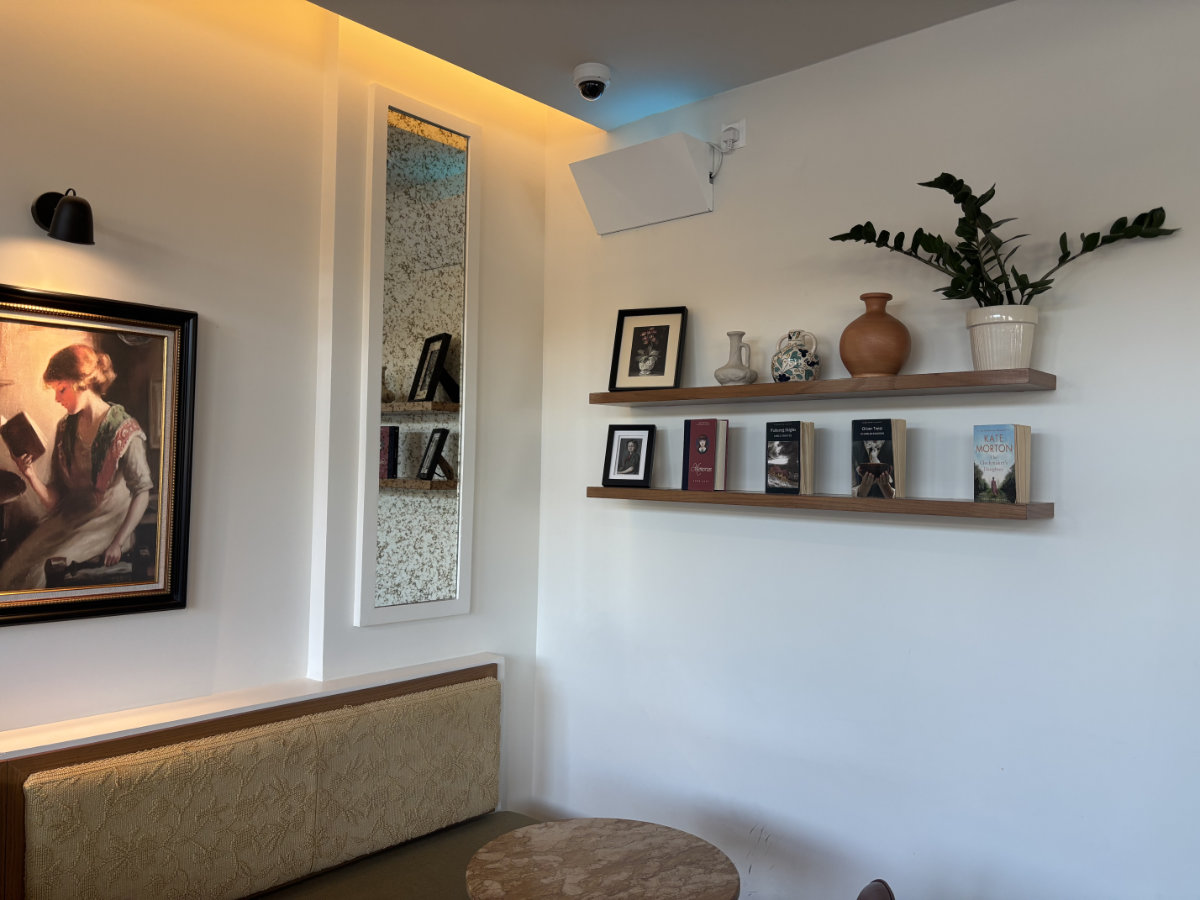
A cultural renaissance in Riyadh
The emerging popularity of book cafes is providing spaces where literature, art, and community thrive. The cafes cater to a growing audience of residents and visitors who value meaningful connections in an increasingly digital world.
Saudi Arabia condemns ‘greater Israel’ map

RIYADH: Saudi Arabia condemned and rejected on Wednesday an Israeli map that claimed Jordanian, Syrian and Lebanese territories as part of so-called “greater Israel.”
The Kingdom stressed that such extremist allegations demonstrated Israeli intentions to consolidate its occupation, continue blatant attacks on the sovereignty of states, and violate international laws and norms.
The Kingdom’s foreign ministry renewed its call for the international community to play its role in stopping Israeli violations against countries and peoples of the region.
The ministry stressed the need to respect the sovereignty of states and their borders to limit the exacerbation of the region’s crises.
Palestine and Jordan condemned the map on Tuesday.
Saudi officials meet Egyptian, Greek ambassadors in Riyadh

RIYADH: Riyadh Gov. Prince Faisal bin Bandar received Egyptian Ambassador Ahmed Farouk Tawfik in Riyadh on Wednesday.
The meeting marked the conclusion of Tawfik’s tenure as ambassador to Saudi Arabia, reported the Saudi Press Agency.
Prince Faisal expressed his gratitude for the ambassador’s efforts during his service and wished him success in his future endeavors.
Meanwhile, Saudi Deputy Minister for Political Affairs Saud Al-Sati met with Greek Ambassador Alexis Konstantopoulos in Riyadh. The two men discussed bilateral relations and topics of common concern, said the Foreign Ministry on X.
Saudi crown prince receives call from Ukraine’s Zelensky

- Two leaders discussed the latest developments in the Ukrainian-Russian crisis and efforts made to resolve it
RIYADH: Saudi Arabia’s Crown Prince Mohammed bin Salman received a phone call from Ukrainian President Volodymyr Zelensky, Saudi Press Agency reported on Wednesday.
During the call, the two leaders discussed the latest developments in the Ukrainian-Russian crisis and efforts made to resolve it.
They also reviewed Saudi-Ukrainian relations and discussed issues of common interest. Regional and international developments were also discussed.





















